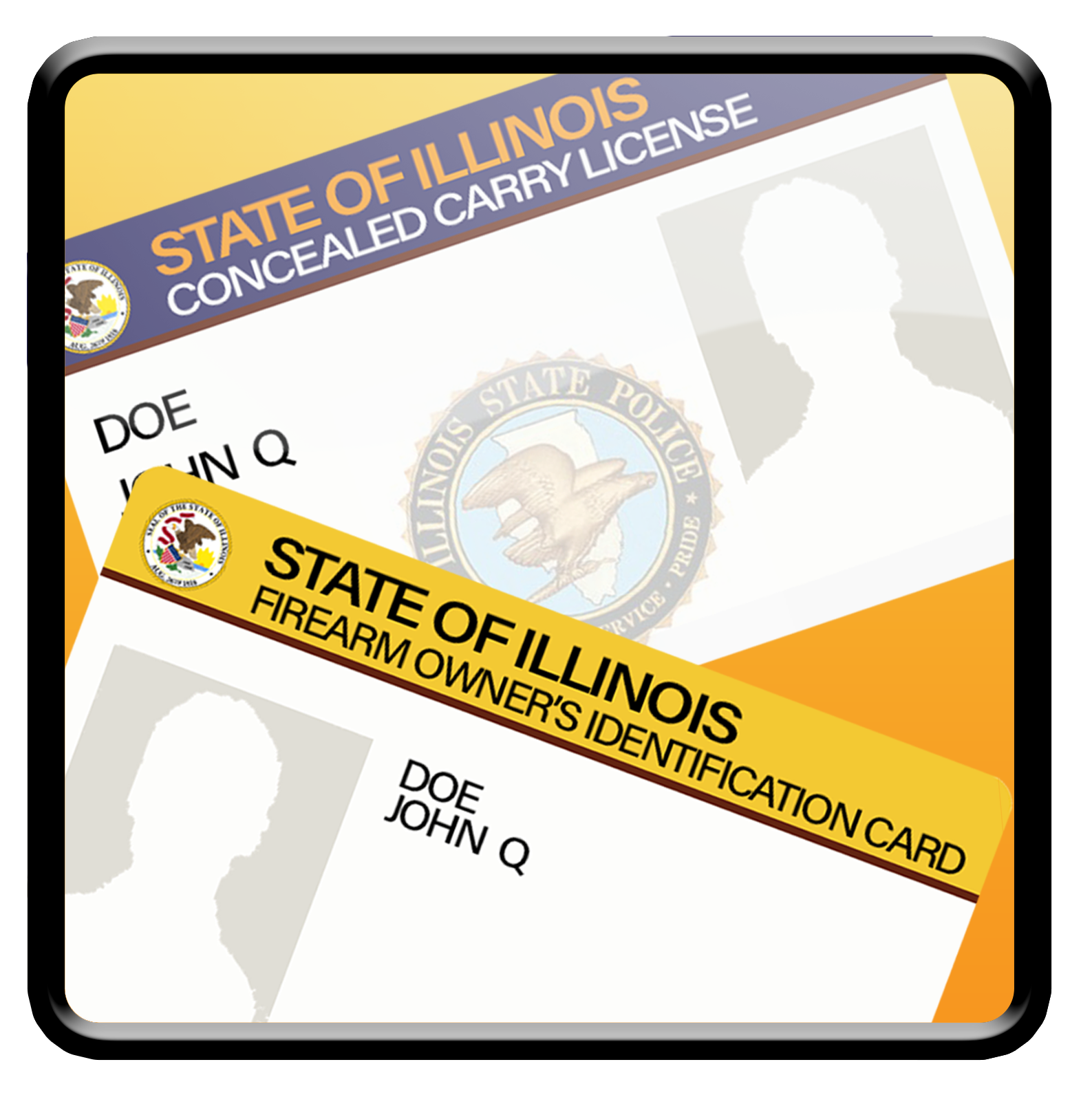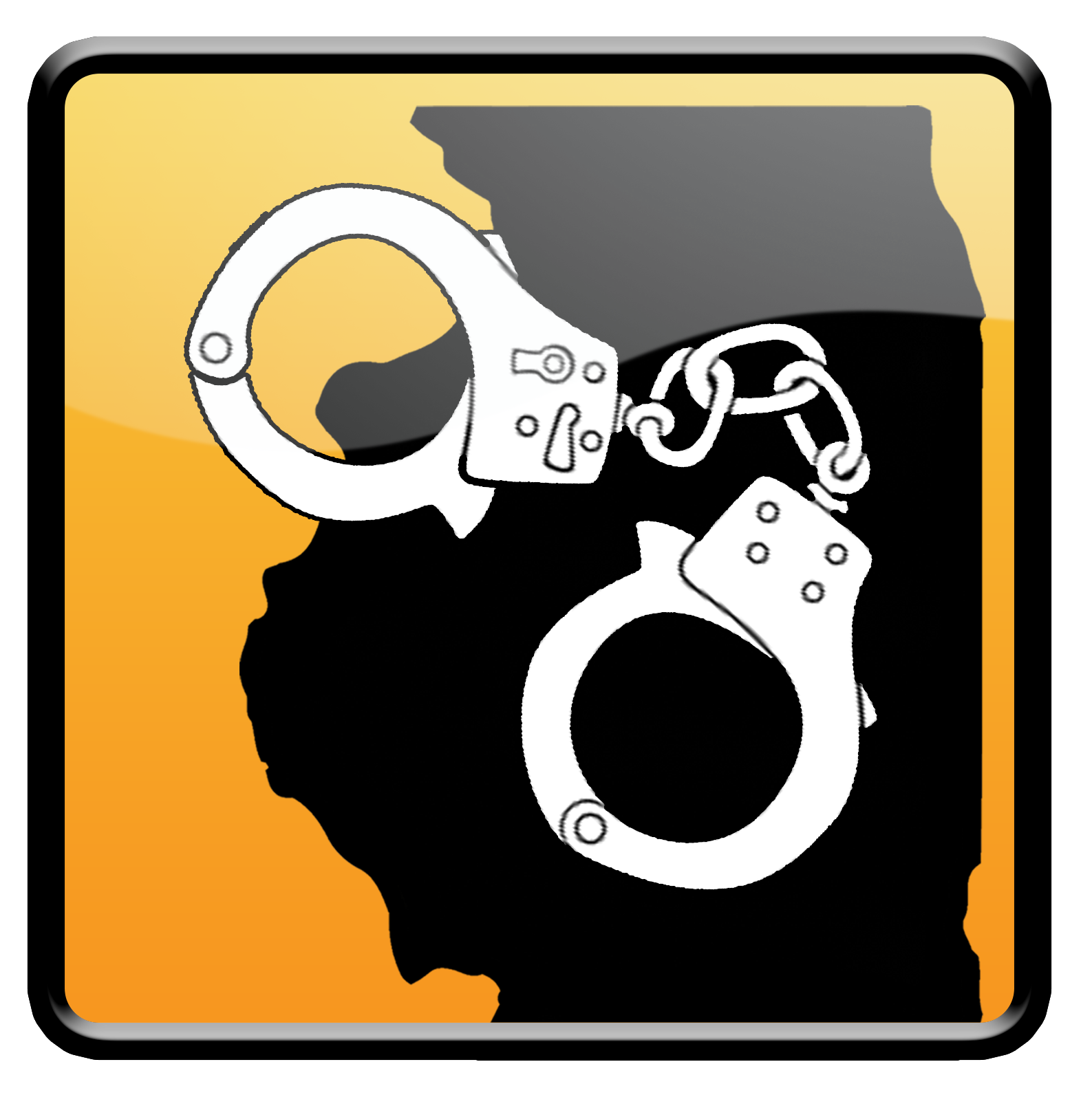History of the Division of Justice Services
Mission Statement
The Division of Justice Services’ mission is to provide administrative services and technical support to the Illinois State Police, the people of Illinois, and other public safety entities.
History of the Division
On January 1, 2020, the Division of Justice Services (DJS) was created as a result of Senate Bill 1915, replacing the Division of Administration. DJS is responsible for providing administrative and technical services and support to the Illinois State Police, criminal justice agencies, and the public. Prior to January 1, 2020, the Division of Justice Services (DJS) was known as the Division of Administration and was responsible for overseeing the Illinois State Police Training Academy, Fiscal Management, Communication Services Bureau, Bureau of Identification, Logistics, Firearm Services Bureau, Department of Innovation and Technology (formerly Information Services Bureau), Program Administration Bureau, and Office of the Statewide 9-1-1 Administrator. On January 1, 2020, the Office of the Statewide 9-1-1 Administrator and Communications Services Bureau were combined to form a separate division, the Training Academy was reorganized under the Division of Academy and Training, and the Fiscal Management Bureau was absorbed by the Office of the Director. As a result of the changes and the addition of the Sex Offender Registry, the DJS was reorganized into three distinct commands. Each of the commands plays a critical role in providing administrative and technical services and support to the Illinois State Police, criminal justice agencies and the community. On May 1, 2021, the Office of the Director announced the creation of the Regulatory Services Bureau (RSB) within DJS. The RSB encompasses the Offender Registration Unit and the addition of the Cannabis Control Office into the Division in a continued effort to provide high quality administrative support and improve efficiencies. This reorganization better aligned the administrative and regulatory functions and objectives of the work units within the same structure.Overview
The Division centralizes various functions in support of the Department and criminal justice authorities throughout the state. The Division strives to provide innovative development and implementation of new software technologies; supports criminal justice authorities through the Law Enforcement Agencies Data System (LEADS), Criminal History Record Information (CHRI), and Automated Biometric Identification System (ABIS); enhances public safety through Sex and Violent Offender Registration, the Firearms Owners Identification (FOID) program, and Concealed Carry initiatives; and secures mobile equipment and communications services.
Command Structure
The Division is comprised of the Deputy Director’s Office and six bureaus which fall under one of two commands: Criminal Justice Services and Public Safety Services.
Criminal Justice Services Command houses the Bureau of Identification, the Program Administration Bureau, and the ISP Department of Innovation and Technology.
- The Bureau of Identification promotes public safety by collecting, maintaining, and disseminating criminal history information. Records relating to more than 5 million fingerprint files help confirm the identity of individuals and identification of potential suspects through the advanced Automate Biometric Identification System.
- The Program Administration Bureau provides administrative and operational support for statewide criminal justice programs. The Bureau is responsible for ensuring users are aware of policy, training, compliance, and certification requirements for access to and use of criminal justice information systems, including the LEADS, Illinois Integrated Justice Information System, Illinois Citizen Law Enforcement Analysis Reporting System, and National Incident Based Reporting System/Uniform Crime Reporting.
- The ISP Department of Innovation and Technology provides ISP with information technology expertise for infrastructure and programming utilized by ISP and other criminal and non-criminal justice entities. The Department of also develops and maintains computer applications used throughout the criminal justice system.
Public Safety Services Command is comprised of the Firearms Services Bureau, the Regulatory Services Bureau, and the Logistics Bureau.
- The Firearms Services Bureau through its FOID and Concealed Carry programs determines the eligibility of applicants who wish to acquire, possess, transfer, and/or legally carry firearms. The Bureau also administers the Firearms Transfer Inquiry Program, whereby federally licensed gun dealers are authorized to perform checks on potential buyers at the point of purchase. To that end, the Bureau also monitors and ensures businesses with a Federal Firearms License adhere to the Gun Dealer Licensing Act.
- The Regulatory Services Bureau consists of the Offender Registration Unit and the Cannabis Control Office. The Offender Registration Unit administers the mandates of the Illinois Sex Offender Registration Act, Illinois Sex Offender Community Notification Act, and Illinois Murderer and Violent Offender Against Youth Registration Act. The Cannabis Control Office works with other state agencies to provide regulatory oversight for the legalized cannabis industry in Illinois. Cannabis Control personnel perform monthly compliance inspections and security plan reviews for cultivation centers, dispensaries, craft grows, infusers, and cannabis transportation entities.
- The Logistics Bureau administers facility management functions, including the coordination of new construction projects and oversight of facility repair and maintenance projects. The Bureau also handles the administration of telecommunication devices, printing and mailroom operations, supplying printed materials, and centralized mail processing services.
A Colonel is appointed to oversee and guide the direction of the Division. Two Assistant Deputy Directors, Chief of Staff, and Administrative Assistant II report directly to the Colonel.
Assistant Deputy Directors are appointed to oversee the Criminal Justice Services Command and Public Safety Services Command. Within the Criminal Justice Services Command, a Commander is appointed to report directly to the Assistant Deputy Director and supervises the Bureau of Identification, the Program Administration Bureau, the ISP Department of Innovation and Technology.























